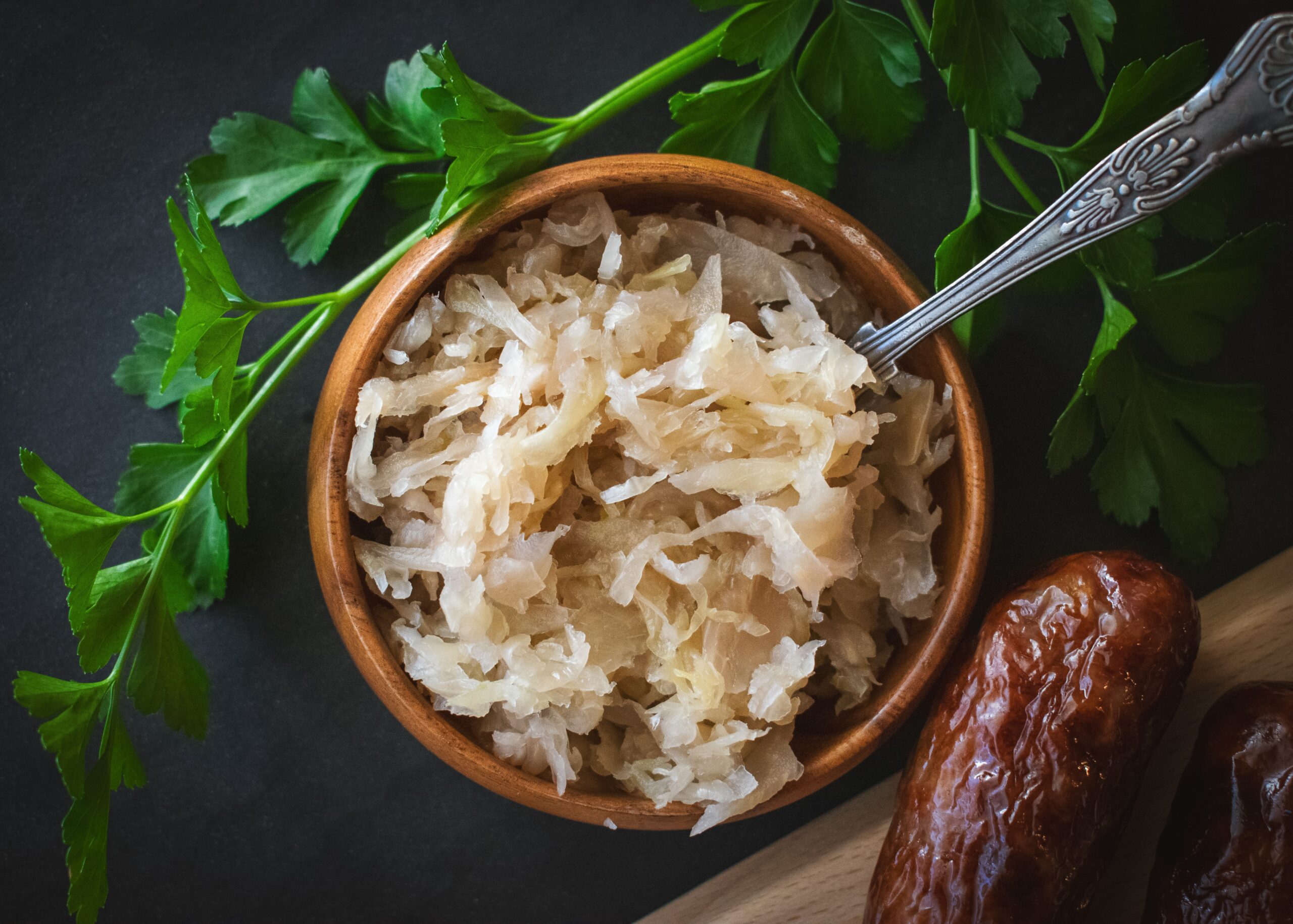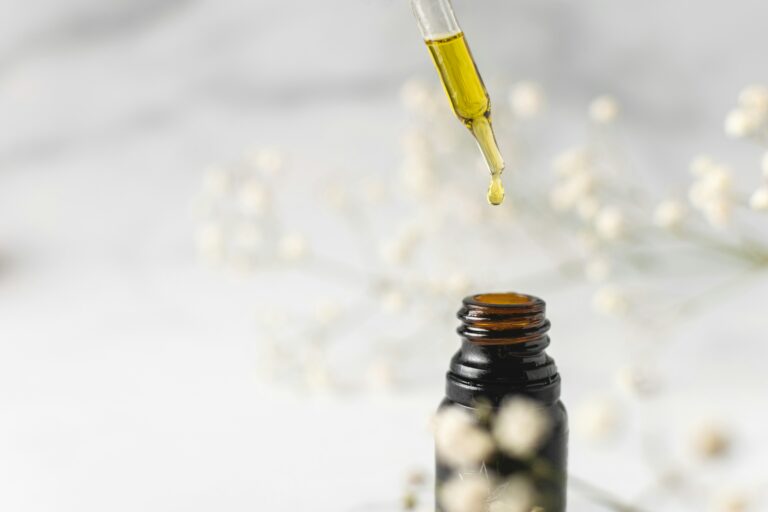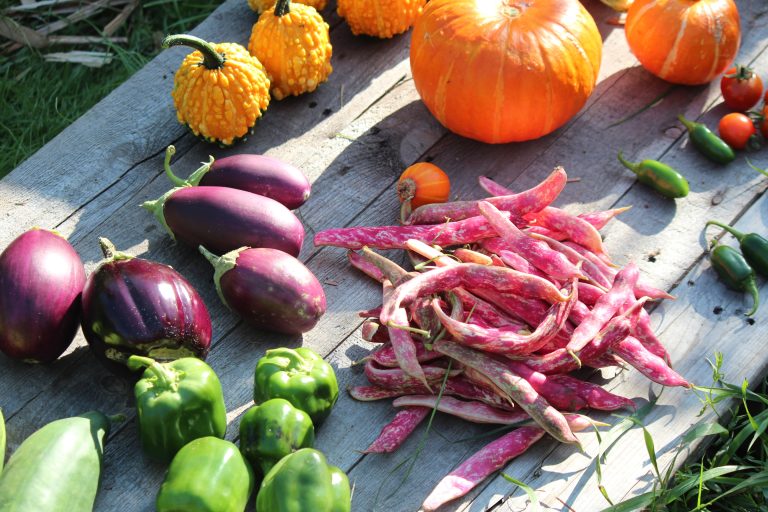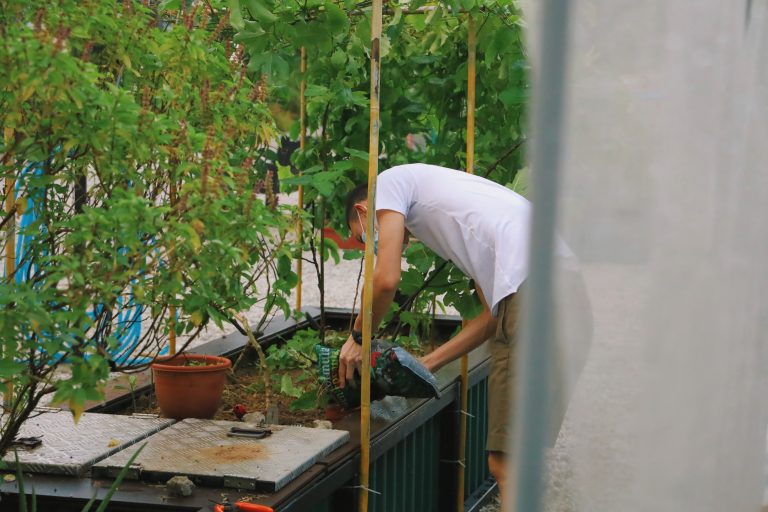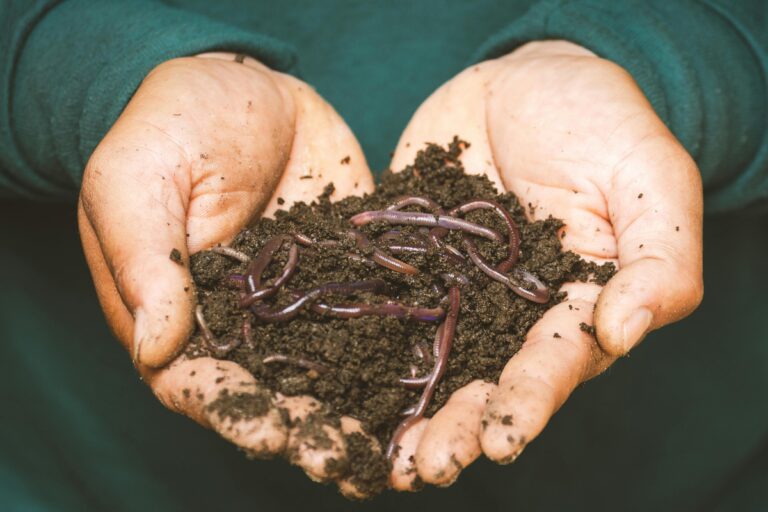How to Make Sauerkraut (Zero Waste Recipe)
Cabbage is a versatile and nutrient-rich vegetable that can be enjoyed in many different dishes. But did you know that it’s also the main ingredient in sauerkraut? This traditional fermented food not only has numerous health benefits, but it’s also a great way to preserve cabbage for year-round enjoyment. In this blog post, we will explore how to make sauerkraut using the zero waste approach, which means utilizing every part of the cabbage and reducing food waste. Whether you’re new to fermenting or looking for more sustainable ways to preserve your food, this post is for you!
Understanding the Nutritional Benefits of Sauerkraut
Sauerkraut is not only a delicious addition to meals, but it also offers a wide range of nutritional benefits. This fermented cabbage dish is packed with vitamins and minerals that can support overall health and well-being.
One of the key benefits of sauerkraut is its high content of vitamin C. Just one cup of sauerkraut contains over 35% of the recommended daily intake of this important vitamin. Vitamin C is known for its immune-boosting properties and can help protect against common illnesses such as colds and flu. It also plays a role in collagen production, which is essential for healthy skin and connective tissues.
In addition to vitamin C, sauerkraut is also a good source of vitamin K. This vitamin is important for preventing blood clotting and improving bone health. It helps maintain strong and healthy bones, reducing the risk of osteoporosis and fractures. Sauerkraut also contains various B vitamins, including thiamin, riboflavin, and folate, which are essential for energy production and nerve function.
Another notable benefit of sauerkraut is its probiotic content. During the fermentation process, beneficial bacteria are produced, known as probiotics. These probiotics help support a healthy gut microbiome, which is essential for digestion and nutrient absorption. A healthy gut microbiome has also been linked to improved mood and mental health.
Overall, sauerkraut is a nutrient-dense food that can provide a range of health benefits. Whether you’re canning or pickling your own sauerkraut or buying it from a store, adding this tangy and flavorful dish to your diet can be a simple and delicious way to boost your health.
Is all Sauerkraut probiotic?
Not all sauerkraut is created equal when it comes to probiotic content. While sauerkraut is traditionally a probiotic food, the key lies in the fermentation process. Sauerkraut that undergoes natural fermentation and is not heat-processed retains live and active probiotic cultures.
During fermentation, beneficial bacteria like Lactobacillus convert the sugars in the cabbage into lactic acid, preserving the cabbage and creating an environment conducive to probiotic growth. This natural fermentation process is what gives sauerkraut its probiotic properties.
On the other hand, sauerkraut that undergoes pasteurization or high-heat processing after fermentation may lose its probiotic content because the heat kills off the beneficial bacteria. If you’re specifically looking for the probiotic benefits of sauerkraut, it’s important to choose varieties that have undergone natural fermentation and have not been heat-treated or pasteurized. These are often labeled as “raw” or “unpasteurized” sauerkraut.
So, when you’re shopping for sauerkraut, always check the labels to ensure that you’re getting a product with probiotic benefits. Alternatively, consider making your own sauerkraut at home using the natural fermentation method for maximum probiotic benefits. This way, you can enjoy the tangy flavors of sauerkraut while reaping the gut-healthy benefits of probiotics.
Step-by-step Guide to Making Homemade Sauerkraut Using the Whole Cabbage
Making homemade sauerkraut is not only a delicious way to preserve cabbage, but it’s also a fantastic zero waste approach that allows you to use every part of the vegetable. Here’s a step-by-step guide to help you make your own sauerkraut using the whole cabbage.

Sauerkraut Recipe
Equipment
- 1 Cabbage
- Salt
Instructions
- Choose a fresh, firm cabbage with crisp leaves, preferably organic to avoid any pesticides or chemicals. If you have your own garden, simply pick your best cabbage.
- Remove the outer leaves of the cabbage and set them aside. These leaves will be used later as weights to keep the shredded cabbage submerged in its own juices during the fermentation process.
- Rinse the cabbage thoroughly under cold water to remove any dirt or debris.
- Slice the cabbage into thin shreds using a sharp knife or a mandoline. You can adjust the thickness according to your preference.
- Sprinkle the shredded cabbage in a large bowl with 1-2 tablespoons of salt per medium-sized cabbage. The salt draws out moisture from the cabbage, creating a fermentation-friendly environment. Alternatively, weigh your chopped cabbage in grams and multiply by .02 to determine the amount of salt needed. (This is the method I use)
- Massage the cabbage and salt mixture with your hands for a few minutes. This will help break down the cell walls of the cabbage and release even more moisture.
- Transfer the cabbage into a clean and sterilized glass jar. Pack it tightly, making sure there are no air pockets.
- Take the reserved outer cabbage leaves and fold them into smaller pieces that fit inside the jar. These leaves will act as weights, keeping the shredded cabbage submerged in its own juices. Add the cabbage core on top of the shredded cabbage to further weigh it down and ensure it stays submerged in its own brine.
- Close the jar tightly with a lid or use a fermentation airlock lid to allow the release of carbon dioxide during the fermentation process. Place the jar in a cool and dark location, such as a pantry or cellar, and let it ferment for 1-2 weeks. Check on it regularly and ensure that the cabbage remains completely covered in its own brine. You may need to adjust the weights to keep it submerged. If you use an airtight jar, be sure to release any built-up pressure periodically, this is called "burping".
- After the fermentation period, taste the sauerkraut. If it has reached your desired level of tanginess, transfer it to the refrigerator for long-term storage. The sauerkraut will continue to ferment slowly in the fridge and develop more flavor over time.
Video
Tips and Tricks
Making sauerkraut can be a fun and rewarding process, but it’s always helpful to have a few tips and tricks up your sleeve to ensure the best results. Here are some tips for making sauerkraut using the zero waste approach:
- For those with arthritis or difficulty slicing the cabbage, try using a mandoline or food processor to shred the cabbage. Simply place the shredded cabbage inside the bag, seal it, and use a rolling pin to crush and shred the cabbage. This method can help reduce strain on the hands and make the process easier.
- Get creative with your sauerkraut by adding shredded carrots or other vegetables. This not only adds more flavor and texture but also increases the nutritional value of your sauerkraut. Carrots are a great addition as they provide natural sweetness and extra crunch.
- Experiment with different seasonings and spices to enhance the flavor of your sauerkraut. Consider adding caraway seeds, garlic, ginger, or even turmeric for an extra kick. The possibilities are endless, so don’t be afraid to get creative and customize your sauerkraut to your liking.
- Keep track of your fermentation process by labeling your jars with the date you started and any specific notes or flavors you added. This will help you keep track of the flavors you enjoy the most and allow you to replicate them in future batches.
- Don’t be afraid to taste your sauerkraut during the fermentation process. This will give you an idea of how it’s progressing and help you determine when it has reached your desired level of tanginess. Remember, sauerkraut will continue to develop flavor over time, so it’s okay to adjust your preferences as you go.
By following these tips and tricks, you’ll be well on your way to making delicious sauerkraut using the zero waste approach. Enjoy the process and get ready to savor the tangy and flavorful results!
Techniques for Preserving and Storing Sauerkraut Year-Round
Preserving and storing sauerkraut year-round is a great way to ensure that you always have this tangy and flavorful dish on hand. While making a fresh batch of sauerkraut is relatively easy, it’s also important to know how to properly preserve and store it to maintain its taste and quality. Here are some techniques for preserving and storing sauerkraut year-round.
One popular method for preserving sauerkraut is canning. Canning involves packing the sauerkraut into jars and then processing them in a boiling water bath or pressure canner. This method creates a seal that keeps the sauerkraut fresh and safe to eat for an extended period. It’s important to follow the specific instructions for canning sauerkraut to ensure that it is properly preserved and doesn’t spoil.
Another technique for preserving sauerkraut is pickling. This involves adding vinegar or brine to the sauerkraut to create a pickled flavor. Pickled sauerkraut can be stored in jars or containers in the refrigerator, where it will stay fresh for several weeks or even months. It’s important to use the correct ratio of vinegar or brine to sauerkraut to ensure that the flavors are balanced and the sauerkraut doesn’t become too acidic.
For those who prefer a more hands-off approach, freezing sauerkraut is another option. Freezing sauerkraut is simple and requires minimal effort. Just pack the sauerkraut into airtight containers or freezer bags, making sure to remove any excess air, and store it in the freezer. Frozen sauerkraut can last for up to 12 months, maintaining its flavor and texture.
Regardless of the preservation method you choose, it’s important to label and date your sauerkraut containers to keep track of their freshness. Remember to store them in a cool, dark place, such as a pantry or cellar, to maintain their quality. By preserving and storing sauerkraut year-round, you can enjoy the benefits of this nutritious and delicious food whenever you desire.
Ways to incorporate sauerkraut into your diet
If you’re wondering how to incorporate sauerkraut into your diet, you’re in luck! This tangy and flavorful dish can be enjoyed in a variety of ways, adding a unique twist to your meals. Here are some popular ways to incorporate sauerkraut into your diet:
- Hot dogs and sausages: Top your hot dogs or sausages with a generous serving of sauerkraut for a delicious and classic combination. The tanginess of the sauerkraut complements the savory flavors of the meat perfectly.
- Sandwiches: Add sauerkraut to your favorite sandwich for an extra burst of flavor. The combination of sauerkraut, melted cheese, and your choice of protein creates a mouthwatering and satisfying meal.
- Salads and bowls: Sprinkle some sauerkraut on top of your salads or grain bowls to add a zesty kick. It pairs well with greens, grains, and protein, adding a refreshing and tangy element to your dish.
- Tacos and wraps: Incorporate sauerkraut into your tacos or wraps for a unique twist. It adds a delightful crunch and tanginess that complements the other flavors in the dish.
- Buddha bowls and power bowls: Amp up the flavor of your Buddha bowls or power bowls by adding a spoonful of sauerkraut. It not only adds a tangy flavor but also provides beneficial probiotics for your gut health.
- Side dishes: Serve sauerkraut as a side dish alongside grilled meats, roasted vegetables, or hearty stews. Its tanginess can cut through rich flavors and provide a refreshing contrast to the meal.
These are just a few ideas to get you started, but feel free to get creative and experiment with different ways to incorporate sauerkraut into your diet. It’s a versatile ingredient that can enhance the flavors of many dishes while providing numerous health benefits. Enjoy!
